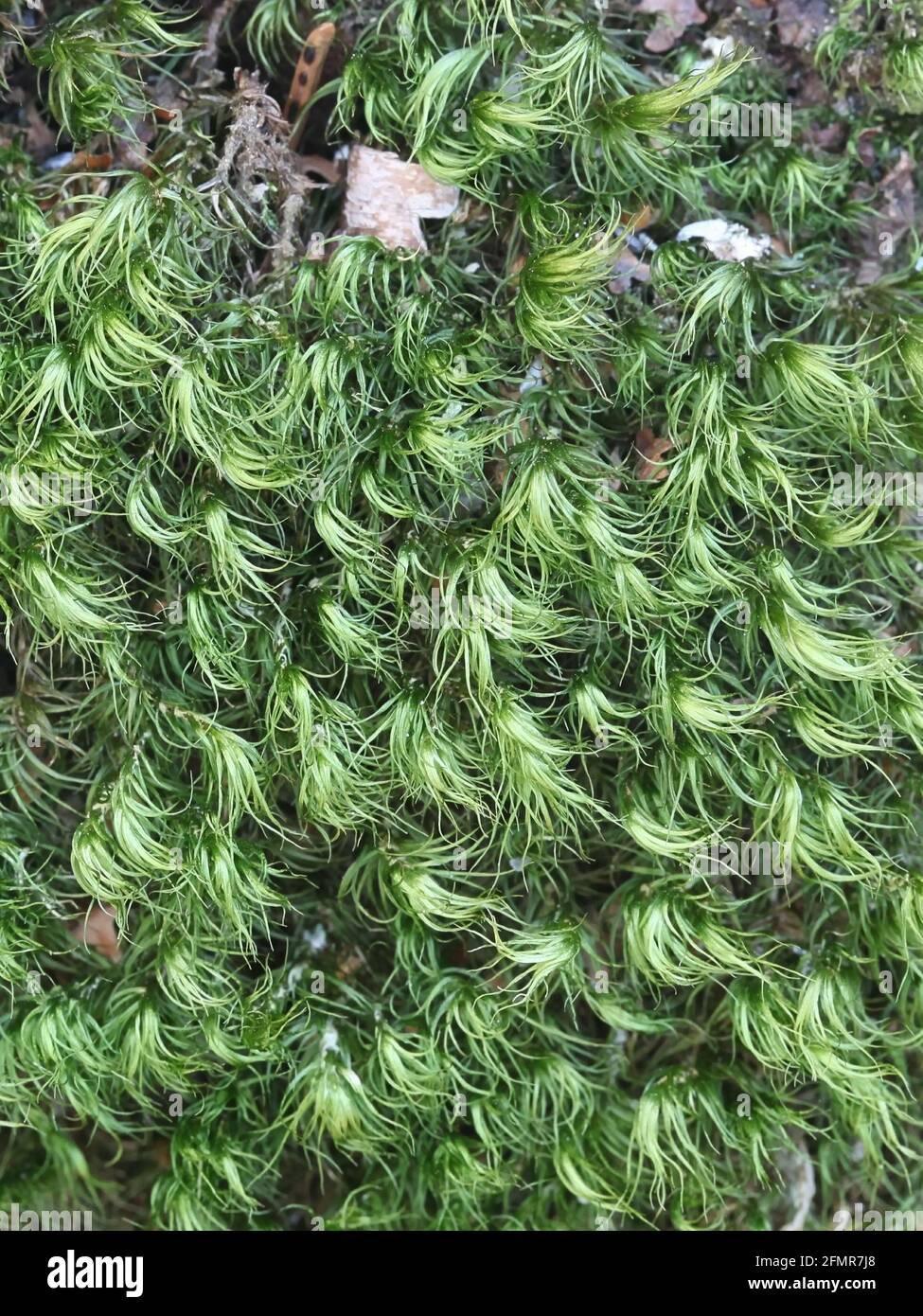
paraleucobryum-longifolium-known-as-long-leaved-fork-moss-2FMR7J8.jpg from: https://www.alamy.com/stock-photo/long-leaved-moss.html
Introduction
In the vast and captivating world of bryophytes, one particular moss species stands out for its unique charm and ecological significance: Paraleucobryum longifolium var. hamatum (Jur.) Pavletić. This unassuming yet fascinating member of the
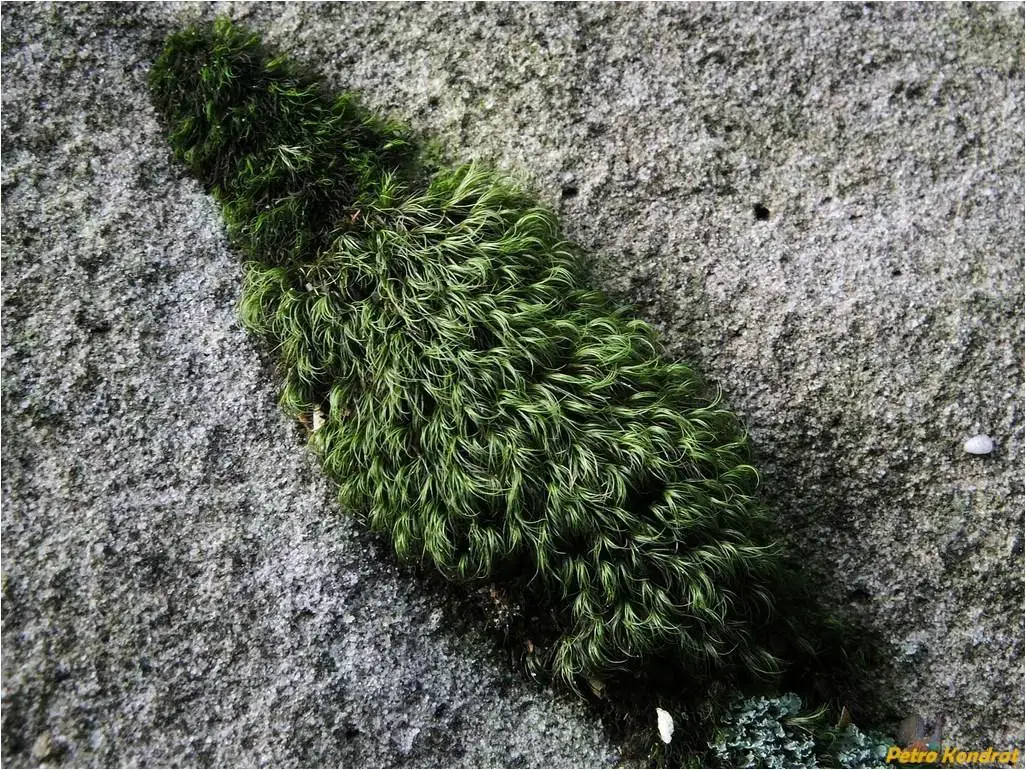
532208_d6e34419.jpg from: https://www.plantarium.ru/page/image/id/532208.html
Dicranaceae family, commonly known as Paraleucobryum, has captured the hearts of moss enthusiasts worldwide with its delicate beauty and resilient nature.
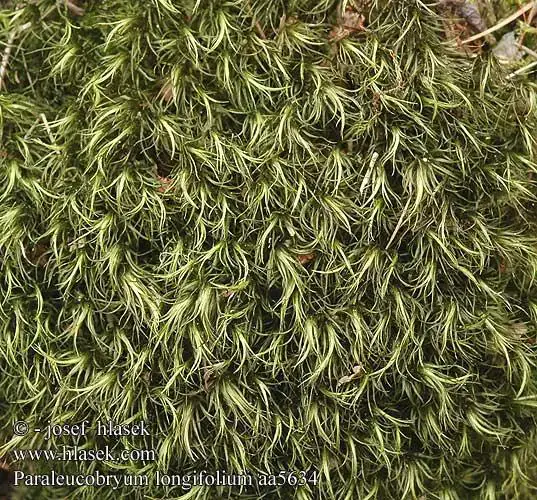
paraleucobryum_longifolium_aa5634.jpg from: https://www.hlasek.com/paraleucobryum_longifolium_aa5634.html
Background
Before delving into the intricacies of this remarkable moss, let’s set the stage with a brief introduction to the world of bryophytes. These non-vascular plants, which include mosses, liverworts, and hornworts, are often overlooked but play a crucial role in various ecosystems. They are among the oldest land plants on Earth, dating back to the Paleozoic era, and have adapted to thrive in a wide range of habitats, from the Arctic tundra to tropical rainforests.

paraleucobryum_longifolium_aa5630.jpg from: https://hlasek.com/paraleucobryum_longifolium_aa5630.html
Main Content
Morphology and Identification
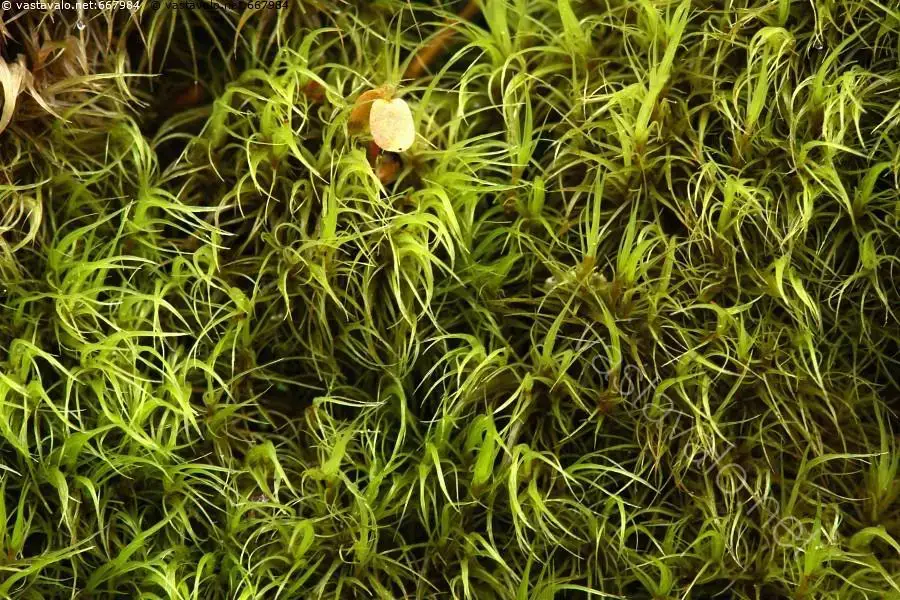
normal_kiviturkkisammal_paraleucobryum_longifolium_2014_10_13.jpg from: https://www.vastavalo.net/kasvi-itiokasvi-longleaf-kiviturkkisammal-paraleucobryum-longifolium-667984.html
Paraleucobryum longifolium var. hamatum (Jur.) Pavletić is a small, acrocarpous moss that forms dense, cushion-like tufts or mats. Its slender stems are adorned with lanceolate to linear-lanceolate leaves that are falcate-secund (curved to one side) when dry. The leaves are keeled (with a prominent midrib) and have a distinctive hamatum (hooked) appearance at the apex, which gives this variety its name.
One of the most striking features of this moss is its vibrant golden-green to yellowish-green coloration, which can turn a beautiful reddish-brown hue when exposed to direct sunlight or during periods of stress. This color variation adds to the visual appeal of Paraleucobryum longifolium var. hamatum (Jur.) Pavletić and makes it a sought-after specimen for moss enthusiasts and collectors.
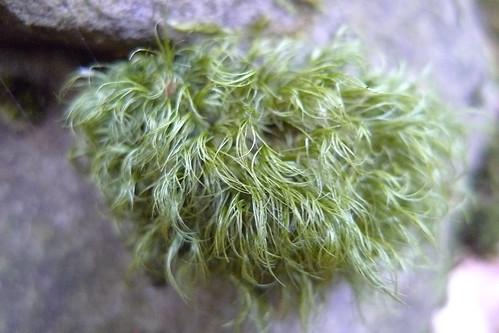
9677434385_c5660cdd9b.jpg from: https://www.flickr.com/photos/12639178@N07/9677434385/
Global Distribution and Habitat
Paraleucobryum longifolium var. hamatum (Jur.) Pavletić is widely distributed across various regions of the world, including Europe, Asia, North America, and parts of South America. It thrives in a variety of habitats, from moist and shaded areas in forests and woodlands to rocky outcrops and even disturbed sites like roadside banks and quarries.
This moss species is particularly well-adapted to acidic substrates, such as decaying logs, stumps, and soil rich in organic matter. Its ability to colonize and thrive in these environments is a testament to its resilience and adaptability.
Ecological Roles and Adaptations
Despite its diminutive size, Paraleucobryum longifolium var. hamatum (Jur.) Pavletić plays a vital role in various ecosystems. As a pioneer species, it helps stabilize and enrich soil, creating favorable conditions for other plants to establish themselves. Additionally, its dense mats provide microhabitats for a diverse array of invertebrates, fungi, and other microorganisms, contributing to the overall biodiversity of the ecosystem.
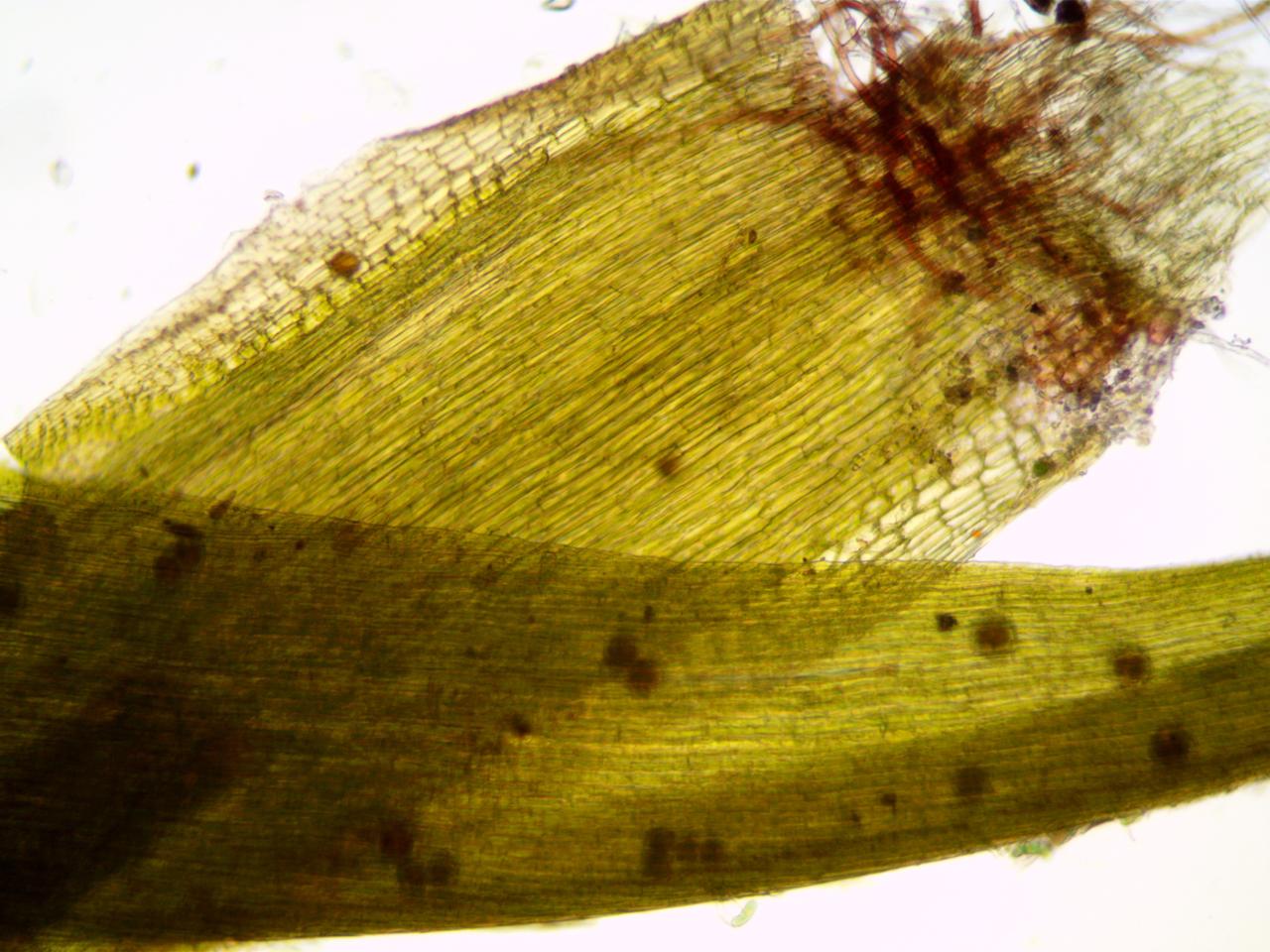
pa_longifolium.jpg from: https://wnmu.edu/academic/nspages/gilaflora/paraleucobryum_longifolium.html
One of the remarkable adaptations of this moss is its ability to withstand desiccation (drying out) and rapidly rehydrate when moisture becomes available. This trait, known as poikilohydry, allows Paraleucobryum longifolium var. hamatum (Jur.) Pavletić to survive in environments with intermittent water availability, making it a true survivor in the plant kingdom.
Case Studies/Examples
In a recent study conducted in the Pacific Northwest region of North America, researchers discovered that Paraleucobryum longifolium var. hamatum (Jur.) Pavletić played a crucial role in facilitating the establishment of tree seedlings in disturbed areas. The moss’s dense mats provided a stable and moist microenvironment, protecting the seedlings from desiccation and promoting their growth and survival.
Another fascinating example comes from the United Kingdom, where Paraleucobryum longifolium var. hamatum (Jur.) Pavletić has been found growing on the roofs of historic buildings, such as churches and castles. This moss’s ability to colonize these man-made structures highlights its adaptability and resilience, as well as its potential for use in green roofing and sustainable building practices.
Technical Table
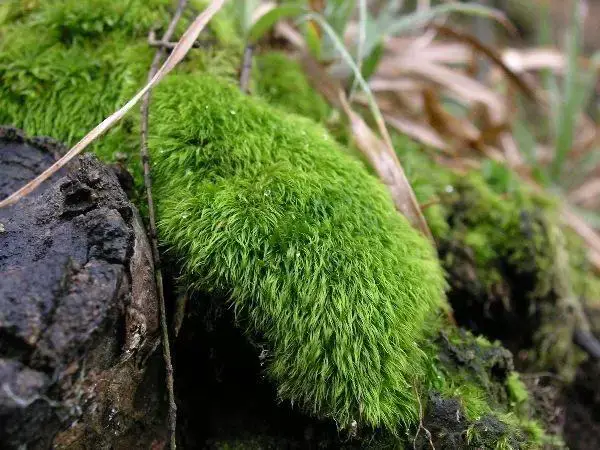
fe6d9580f435c73a7b9047378f2cb314.jpg from: https://www.pinterest.com/pin/507921664198575178/
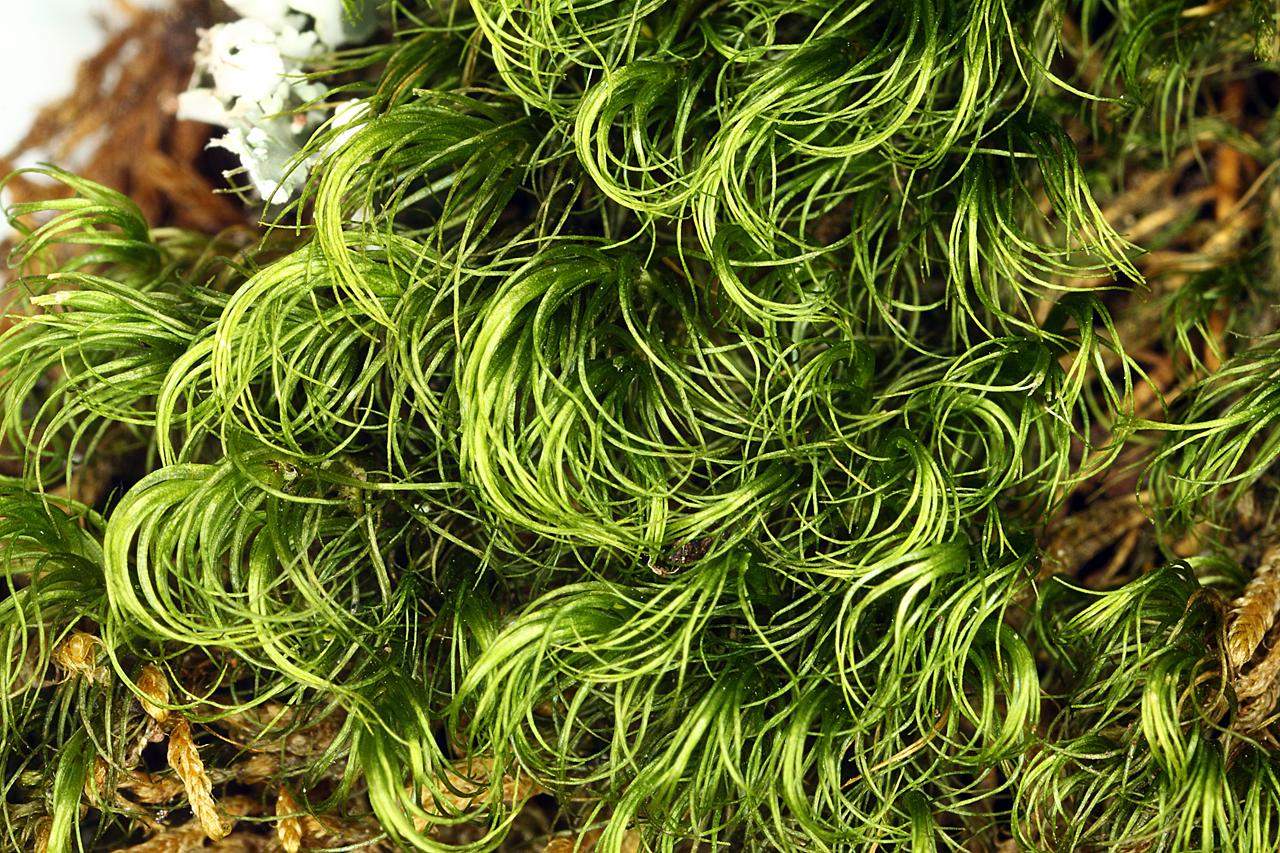
paraleucobryum_sauteri.jpg from: https://admissions.wnmu.edu/academic/nspages/gilaflora/paraleucobryum_sauteri.html
| Characteristic | Description |
|---|---|
| Scientific Name | Paraleucobryum longifolium var. hamatum (Jur.) Pavletić |
| Family | Dicranaceae |
| Common Name | Paraleucobryum |
| Growth Form | Acrocarpous, cushion-like tufts or mats |
| Leaf Shape | Lanceolate to linear-lanceolate, falcate-secund (curved to one side) |
Leaf Apex
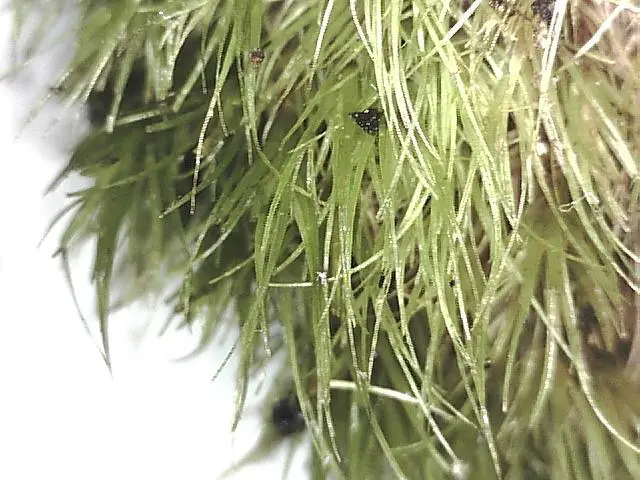 28810270125_00e425c7f7_z.jpg from: https://www.flickr.com/photos/124484193@N02/28810270125/ |
Hamatum (hooked) |
| Leaf Midrib | Keeled (prominent midrib) |
| Color | Golden-green to yellowish-green, can turn reddish-brown |
| Habitat | Moist and shaded areas, rocky outcrops, disturbed sites |
| Substrate Preference | Acidic substrates, decaying logs, stumps, organic-rich soil |
| Global Distribution | Europe, Asia, North America, parts of South America |
| Ecological Roles | Soil stabilization, microhabitat provision, biodiversity contribution |
| Adaptations | Poikilohydry (desiccation tolerance), rapid rehydration |
Conclusion
Paraleucobryum longifolium var. hamatum (Jur.) Pavletić, a humble yet remarkable moss species, has captured the hearts of bryophyte enthusiasts worldwide with its delicate beauty, resilience, and ecological significance. From its distinctive morphology and vibrant coloration to its adaptations and vital roles in various ecosystems, this moss truly embodies the wonders of the bryophyte world.
As we continue to explore and appreciate the diversity of mosses, let us ponder this thought-provoking question: In a world where larger, more charismatic plants often steal the spotlight, what can the unassuming Paraleucobryum longifolium var. hamatum (Jur.) Pavletić teach us about the importance of preserving and valuing even the smallest and most overlooked members of our natural world?